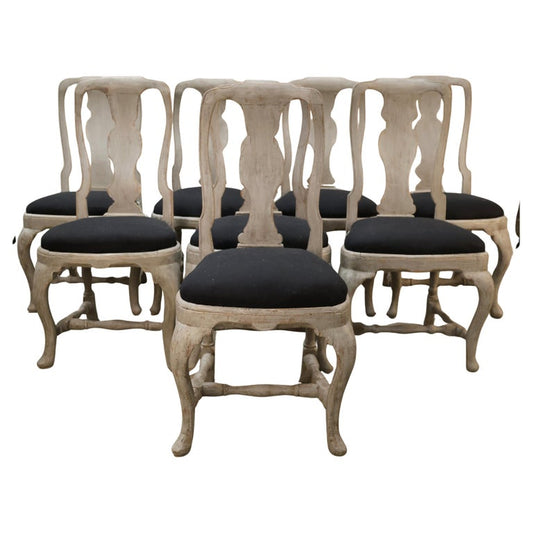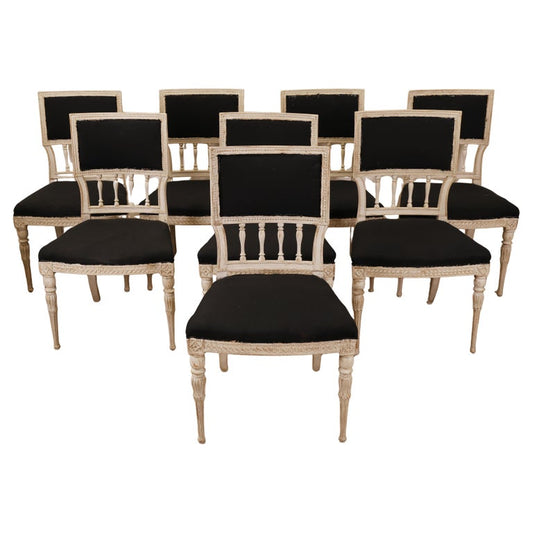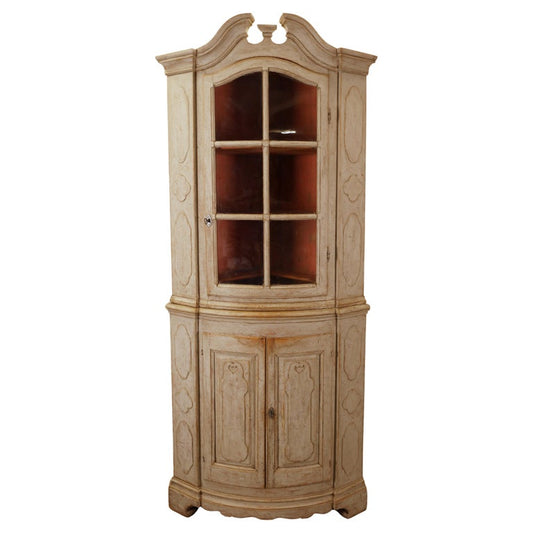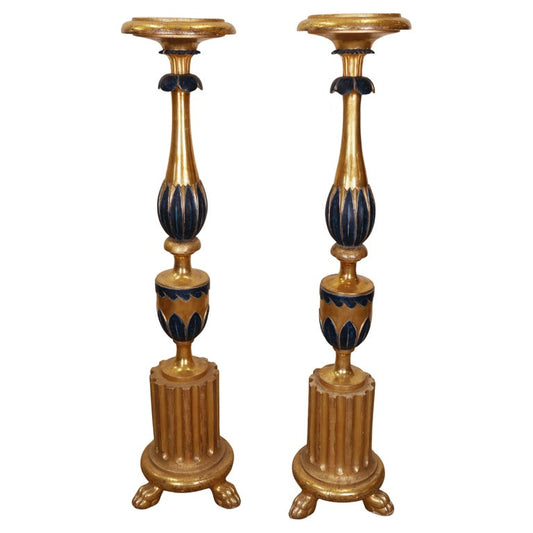How to Identify Authentic Baroque, Rococo, Gustavian & Empire Furniture
Knowing how to recognize authentic antique furniture—beyond aesthetics—is an essential skill for any collector, interior designer, or buyer seeking timeless quality. Whether you're encountering a Rococo cabinet, a Gustavian sideboard, Empire Pendant or a Baroque commode, true antiques carry unmistakable signatures of craftsmanship, proportion, and age.
This guide will help you distinguish the defining traits of Baroque, Rococo, Gustavian, and Empire furniture, with clear, practical cues for identifying genuine pieces when you buy antique furniture.
1. Baroque Furniture: Monumental & Majestic (17th Century – Early 18th)
Origin: Italy and France (Louis XIII–XIV), later spreading through Europe
Visual Mood: Bold symmetry, religious grandeur, theatrical ornamentation
How to Identify:
- Heavy proportions: Baroque furniture is substantial in scale and weight
- Rich carvings: Look for motifs like acanthus leaves, cherubs, cartouches, and lion paws
- Materials: Often made of walnut or oak, sometimes with ebonized or gilded finishes
- Architectural elements: Columns, arches, pediments integrated into design
- Mirror frames and consoles: Deep relief carving, symmetry, and dramatic presence
Signs of Authenticity:
- Hand-carved details (not molded or machined)
- Tool marks or uneven carving indicating handwork
- Gilding that shows patina or signs of wear—not flat shine
- Pegged joints and early dovetailing
2. Rococo Furniture: Curves, Asymmetry & Charm (Mid 18th Century)
Origin: France (Louis XV), spread across courts in Europe
Visual Mood: Light, romantic, playful, and ornate in a more intimate way
How to Identify:
- Curvilinear forms: Bombe chests, cabriole legs, scrolling arms
- Asymmetry: Rococo is less rigid than Baroque—mirror frames, carvings, and crestings are often delightfully unbalanced
- Motifs: Shells (rocaille), vines, floral garlands, birds
- Materials: Walnut, fruitwood, often painted or veneered, with gold leaf accents
- Delicate scale: Smaller and more refined proportions
Signs of Authenticity:
- Irregular carving patterns, especially in floral elements
- Genuine gilding often has a warm glow, sometimes with clay bole peeking through
- Light warping or shrinkage in curved drawers indicates age
- Original hardware may have intricate floral shapes or escutcheons
3. Gustavian Furniture: Light, Order & Restraint (Late 18th – Early 19th Century)
Origin: Sweden, inspired by French Neoclassicism
Visual Mood: Pale, symmetrical, architectural, serene
How to Identify:
- Fluted legs: Clean vertical lines, echoing classical columns
- Geometric carvings: Rosettes, diamonds, acanthus borders
- Painted surfaces: Often in whites, greys, pale blues, with dry or chalky textures
- Proportions: Slim, balanced, quietly elegant
- Natural materials: Pine or birch, often lightly distressed or patinated
Signs of Authenticity:
- Patina in the paint—layering, cracking, or soft wear that reflects real time
- Tool-carved flutes and edges (not molded or machined)
- Signs of old repairs or waxed finishes—indicative of long-term use
- Interiors of drawers often roughly finished or stained
4. Empire Furniture: Structured Grandeur (Early to Mid 19th Century)
Origin: France (Napoleonic Empire), popular across Europe
Visual Mood: Symmetrical, monumental, classical revival
How to Identify:
- Strong architectural form: Rectilinear, columned, often large in scale
- Motifs: Eagles, sphinxes, laurel wreaths, acanthus scrolls
- Materials: Mahogany, rosewood, gilt bronze (ormolu) mounts, black marble accents
- Contrasting surfaces: Rich woods against gold detailing or dark marble
- Base design: Often with plinths or saber legs, sometimes lion’s paw feet
Signs of Authenticity:
- Natural wear on gilt bronze mounts, patina on brass
- Dense, aged hardwood with fine grain
- Hand-cut veneer patterns (especially flame mahogany)
- Pegged joinery, sometimes with hidden locking mechanisms




